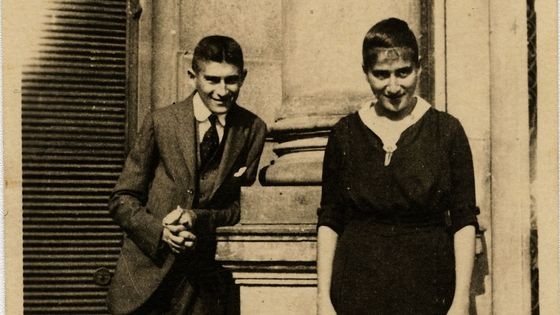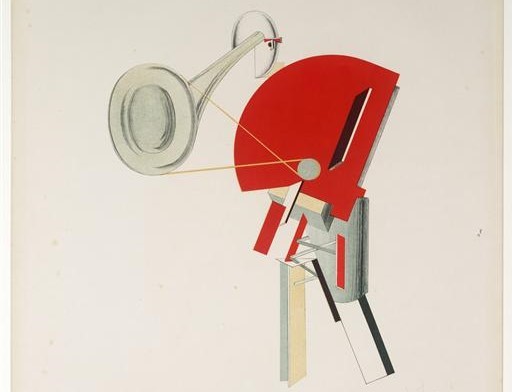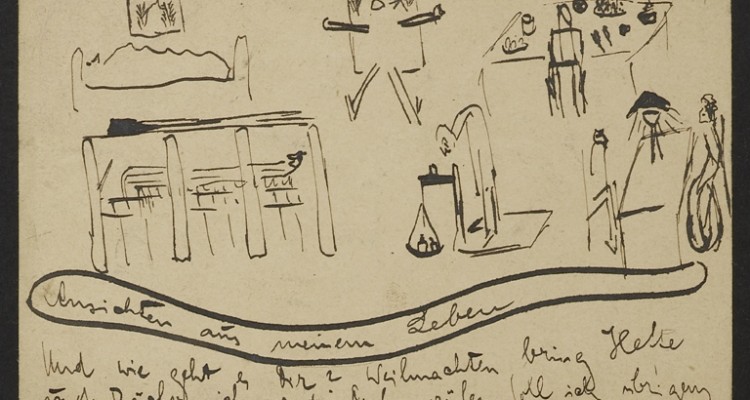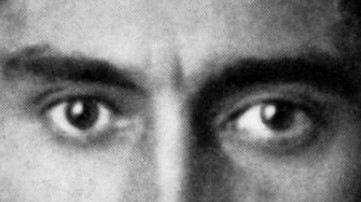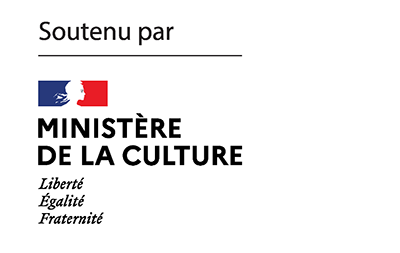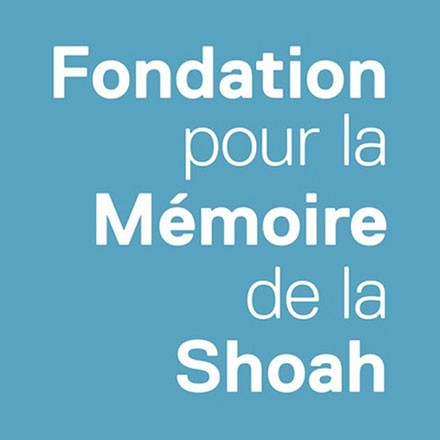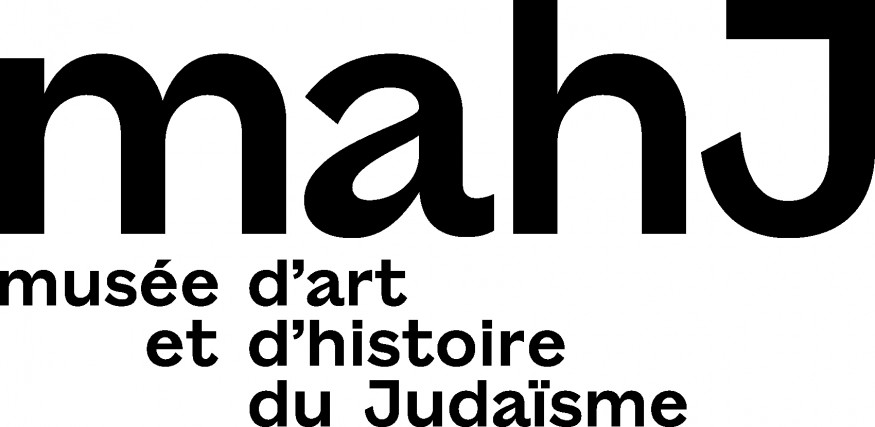Kafka
In a magnificent biography, Reiner Stach brings to light, with scientific meticulousness and a rare narrative brilliance, a Kafka in colour, caught up in his intimate contradictions and those of his time. In this first volume, devoted to the years 1910-1915, the reader follows step by step his discovery of Yiddish theatre, the consolidation of his vocation as a writer and his attempt to establish a love and marital bond with Felice Bauer through a monumental epistolary relationship. A meeting with Reiner Stach, who renews our vision of Kafka and our perception of the biographical genre.
What did Kafka’s work mean to the rising generation of German Jews who embraced it with fervor in the 1910s and 1920s? What experience of the modern European Jew was refracted for them in his writings?
Kafka’s art is accessible again. Hundreds of his drawings are now available, free, from the National Library of Israel, where the Kafka Archive–a collection of his work saved by his friend and collaborator Max Brod–remains to this day.
We asked Jean-Pierre Lefebvre, the author of the most recent French translations of Kafka, what images and ideas came to him when he considered Kafka’s initial. He answered us as an astute translator and philologist, attentive to the subtle messages contained in names and words, and as a poet for whom Kafka’s work is a mental landscape to be contemplated.
Join us
With the support of:
Thanks to the Paris office of the Heinrich Böll Foundation for their cooperation in the design of the magazine’s website.
